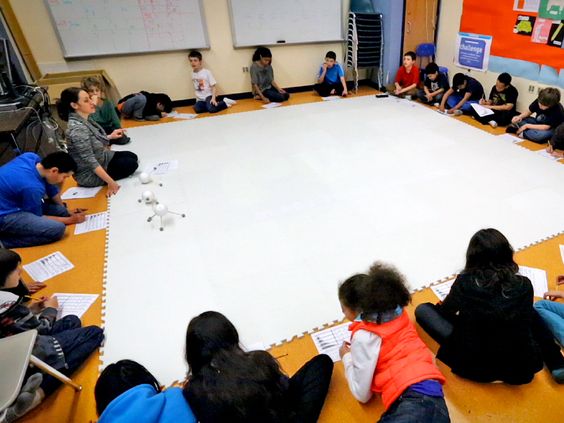Introduction
The world of education is rapidly evolving, and innovative teaching techniques are continually being introduced to accommodate different learning styles and preferences. In recent years, game-based learning has gained significant attention for its potential to improve students’ engagement and retention outcomes. The popularity of this approach inevitably leads to comparisons with traditional classroom game play, begging the question: which method is more effective? In this article, we delve into the merits and drawbacks of both game-based learning and traditional classroom game play to provide teachers with an informed perspective on these educational approaches.
Game-Based Learning: A Modern Approach
Game-based learning refers to the integration of digital games with educational content to enhance cognitive development, comprehension and retention for students. By incorporating gaming elements into the learning process, this method aims to make education more enjoyable and engaging while capitalizing on the interactive nature of technology. Some key advantages of game-based learning include:
1. Enhanced motivation: When students are actively engaged in educational content through games, they are more motivated to learn and apply new concepts.
2. Learning at their own pace: Game-based learning platforms usually allow students to progress at their own speed, enabling them to master concepts before moving on to others.
3. Feedback and adaptive content: Digital games can provide immediate feedback for students helped them understand where they have made mistakes, allowing them to learn from their errors and adapt accordingly.
4. Collaboration opportunities: Many game-based learning environs support multiplayer modes that promote teamwork, communication, and critical thinking amongst students.
Traditional Classroom Game Play: Tried and True
Traditional classroom game play involves learners interacting with physical components such as cards, boards, or manipulatives in a simulated real-life environment. Over the years, countless educators have incorporated various types of traditional games into their classrooms for various purposes – ranging from active breaks during lessons to interactive group activities designed to consolidate knowledge. Some of the advantages linked to traditional classroom game play include:
1. Social interaction: These games serve as opportunities for students to develop social skills, engage with their peers and practice good sportsmanship.
2. Encourages creativity: Students who participate in traditional classroom games are often challenged to think outside the box and devise creative solutions.
3. Physical development: Certain classroom games involve physical materials and movement, promoting fine motor skills, hand-eye coordination, and spatial awareness.
4. Differentiated learning: Educators can modify traditional games to cater to a variety of learning needs within their class.
Conclusion: Striking the Right Balance
To determine which approach best suits a particular situation – game-based learning or traditional classroom game play – it is crucial for teachers to consider their objectives, resources, and students’ needs. Whereas game-based learning offers interactivity, personalization, and instant feedback features through technology, traditional classroom game play encourages social interaction, creativity and critical thinking in an analog framework.
Despite the differences in implementation, both approaches aim to engage learners and improve retention through enjoyable learning experiences. Ultimately, it may be most beneficial to incorporate elements from both methods into one’s teaching practice to achieve a well-rounded educational experience that caters to various learners’ strengths and preferences.





